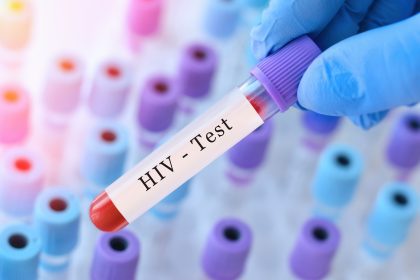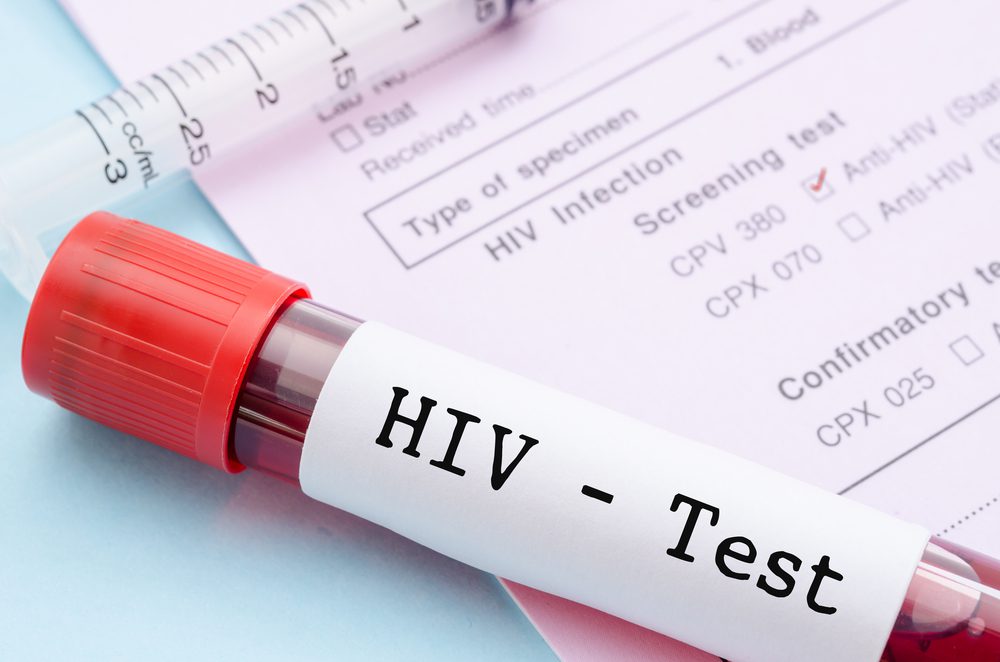This small organ can cause big problems when inflammation sets in, potentially leading to life-threatening complications if left untreated.
That nagging pain in your abdomen might be more than just a stomachache. Appendicitis affects thousands of Americans each year, often striking without warning and requiring swift medical attention. This small organ can cause big problems when inflammation sets in, potentially leading to life-threatening complications if left untreated.
What happens when your appendix becomes inflamed
The appendix, a finger-shaped pouch attached to your large intestine, measures about 3 to 4 inches long and sits in the lower right section of your abdomen. While researchers continue to debate its exact purpose, some evidence suggests it may serve as a reservoir for beneficial gut bacteria.
When this small organ becomes clogged with mucus, stool, or sometimes a foreign object, inflammation begins. The blockage restricts blood flow and allows bacteria to multiply rapidly inside the appendix, setting off a chain reaction that can quickly escalate from mild discomfort to a medical emergency.
The 4 distinct stages of appendicitis
Unlike many health conditions that develop slowly, appendicitis can progress through four distinct stages in a matter of days or even hours:
- Early inflammation: During the first stage, the appendix becomes blocked and inflamed, but infection hasn’t yet developed. You might notice mild discomfort around your belly button that gradually shifts toward the lower right side of your abdomen.
- Infection development: As hours pass, the blockage leads to bacterial growth and pus formation within the appendix walls. Pain intensifies significantly during this second stage, often accompanied by fever, nausea, and pronounced tenderness when touching the abdomen.
- Tissue death: Without intervention, blood supply to the appendix becomes severely compromised in the third stage, causing portions of the organ to die. Your body temperature may rise further, and the pain can become nearly unbearable.
- Rupture and widespread infection: The final and most dangerous stage occurs when the appendix walls burst, spilling bacteria and pus into the abdominal cavity. This release can trigger peritonitis, a potentially fatal infection of the membrane lining the abdominal wall and organs.
Each passing hour increases the risk of progression to more advanced stages, making timely recognition crucial for preventing life-threatening complications.
6 warning signs that demand immediate attention
Appendicitis rarely announces itself with a single, unmistakable symptom. Instead, it presents a constellation of warning signs that evolve and intensify over time:
- Migrating abdominal pain: Pain typically begins around the navel before settling in the lower right abdomen. This migration pattern serves as a classic indicator of appendicitis.
- Increasing sensitivity to touch: As inflammation worsens, even slight pressure on the abdomen—particularly in the lower right quadrant—can cause sharp, rebound pain that intensifies when quickly releasing pressure.
- Nausea and changes in appetite: Many patients experience waves of nausea, vomiting, and a complete loss of interest in food as the condition progresses.
- Low-grade fever: Body temperature typically rises gradually, starting around 99-100°F in early stages and potentially climbing higher as inflammation increases.
- Digestive disruptions: Constipation or diarrhea may occur as your digestive system reacts to the nearby inflammation.
- Pain that worsens with movement: Simple actions like walking, coughing, or even taking deep breaths can amplify abdominal discomfort, prompting many patients to lie still with knees drawn toward the chest for relief.
These symptoms tend to intensify rapidly during the first 24 hours. The progression from mild discomfort to severe pain can occur with alarming speed, particularly in younger patients.
When appendicitis leads to serious complications
Without proper medical intervention, the inflamed appendix will eventually rupture in most cases. This rupture creates a cascade of potentially severe complications:
The bacterial spillage into the abdominal cavity can lead to peritonitis, a widespread infection that requires immediate medical intervention and sometimes lengthy hospitalization.
Abscesses may form around the burst appendix as your body attempts to wall off the infection. These pockets of infection often require drainage procedures in addition to antibiotic therapy.
Some patients develop fistulas—abnormal connections between the intestine and other organs—following severe appendicitis cases.
Blood clots and sepsis represent life-threatening complications of advanced, untreated appendicitis. When bacteria enter the bloodstream, they can travel throughout the body, triggering a dangerous inflammatory response.
Recovery time varies dramatically based on how quickly treatment begins. Early intervention typically allows for faster healing, while advanced cases involving rupture and widespread infection may require weeks or months of recuperation.
How medical professionals confirm the diagnosis
Diagnosing appendicitis involves a combination of approaches, as no single test can definitively confirm the condition in all cases:
The physical examination remains a cornerstone of diagnosis. Doctors check for specific signs of inflammation, including tenderness at McBurney’s point (located between the hip bone and navel) and pain that worsens when pressure is released suddenly.
Blood analysis helps identify elevation in white blood cell count and C-reactive protein levels, both indicators of inflammation in the body.
Imaging provides crucial visual confirmation. Ultrasound often serves as the initial imaging choice, particularly for children and pregnant women, while CT scans offer more detailed images that can identify even subtle signs of appendicitis.
Newer diagnostic approaches include scoring systems that combine symptoms, physical findings, and laboratory results to assess the likelihood of appendicitis, helping reduce unnecessary surgeries while ensuring genuine cases receive prompt attention.
Treatment approaches: surgical vs. non-surgical options
For generations, appendectomy—surgical removal of the inflamed appendix—has remained the standard treatment for appendicitis. This approach comes in two forms:
Traditional open surgery involves a single incision, approximately 2 to 4 inches long, in the lower right abdomen. While effective, this method typically requires longer recovery time.
Laparoscopic surgery utilizes several tiny incisions through which specialized instruments and a camera are inserted. This minimally invasive approach generally results in less pain and faster healing for many patients.
Recent research has explored antibiotic therapy as a potential alternative to surgery for uncomplicated cases of early appendicitis. While some patients respond well to this approach, others eventually require surgery after initial improvement.
The appropriate treatment depends largely on the stage of appendicitis and individual patient factors. Advanced cases, particularly those involving rupture, almost always require surgical intervention followed by antibiotic therapy.
Prevention remains elusive but awareness saves lives
While no proven methods exist for preventing appendicitis, maintaining awareness of the warning signs can lead to earlier treatment and better outcomes.
The condition can affect people of any age, though it most commonly occurs between the ages of 10 and 30. Men face a slightly higher lifetime risk than women, though the reason for this difference remains unclear.
Some evidence suggests a diet rich in fiber may reduce risk by preventing constipation that could contribute to appendix blockage, though this connection requires further research.
Appendicitis demands respect for its potential severity. With prompt medical attention, the prognosis remains excellent for most patients, with full recovery expected. However, delayed treatment dramatically increases the risk of complications that can extend well beyond the initial episode.
If you experience persistent abdominal pain that migrates to the lower right quadrant, especially when accompanied by fever, nausea, or extreme tenderness, seeking immediate medical evaluation could make the critical difference in your outcome.















